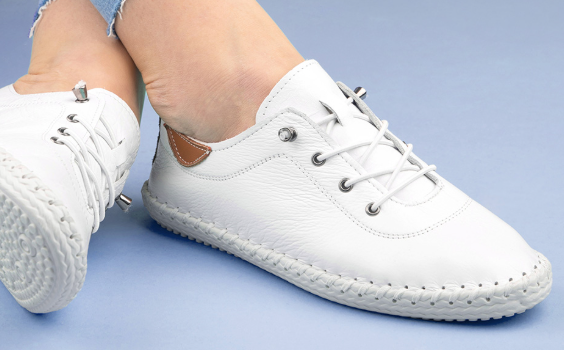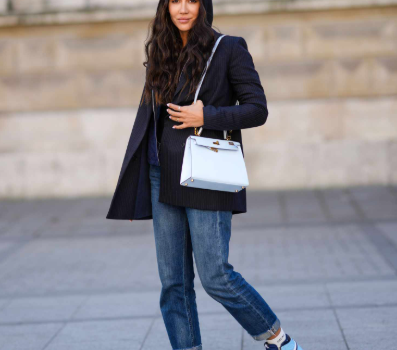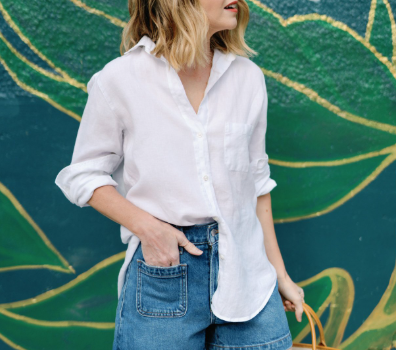
Starting a gym routine can be challenging, especially when you’re unsure where to begin or how to stay motivated. But trust me, you’re not alone—everyone faces these obstacles. Whether it’s time constraints, feeling awkward, or simply lacking energy, these barriers can be overcome with the right strategies. The key is consistency and the right mindset. Here’s how to get started and ensure your gym routine becomes an integral part of your life.
1. Make Your Gym Time Non-Negotiable
Skipping the gym may feel tempting—busy schedule, lack of energy, or just not in the mood—but staying committed is essential. Treat your workouts like important meetings by scheduling them in your calendar. Set a reminder, prepare your gym bag the night before, and make it harder to come up with excuses. Even on tough days, remind yourself of your reasons for starting and push through the initial reluctance. Often, once you’re there, you’ll be glad you went.
2. Be Ready for the Early Struggles
If you’re new to exercising, it might feel unfamiliar or awkward. That’s completely normal. Start with simple exercises you feel comfortable with and ease into more challenging workouts as you gain confidence. Every gym-goer had a first day, and feeling out of place is part of the journey. Keep your focus on just showing up, and with time, you’ll start to feel more at home.
3. Understand That You’ll Feel Tired at First
Working out, especially when you’re just starting, can leave you feeling drained. Expect to feel fatigued after your initial sessions. To manage this, try scheduling workouts during times when you can rest afterward. Giving your body time to recover is key to maintaining your energy for future sessions.
4. Start Light, Build Gradually
Don’t try to lift heavy weights right away. Instead, begin with lighter weights and gradually increase the load as your strength improves. This will help you avoid injury while learning proper form. Plus, it’s easier to build strength steadily over time.
5. Always Warm Up and Cool Down
Warming up is essential to prepare your muscles for exercise and reduce the risk of injury. Start with something simple, like walking or light stretching, and gradually increase the intensity. Likewise, cooling down after your workout helps your heart rate return to normal and minimizes muscle stiffness. Spend a few minutes stretching or walking slowly to signal that your workout is over.
6. Hydration is Key
Drinking water before, during, and after your workout is crucial to keep your muscles working smoothly. Staying hydrated helps prevent cramps and boosts performance. If you’re sweating a lot, consider adding some electrolytes to your hydration plan.
7. Listen to Your Body
Your body will tell you when it’s had enough, so pay attention to any discomfort or fatigue. If something doesn’t feel right, take a break or reduce the intensity. Pushing through pain can lead to setbacks, so don’t ignore the signs your body gives you.
8. Go at Your Own Pace
It’s okay if you can’t do everything right away. Start with what you can handle and gradually push yourself further. Remember, progress is about small steps. Don’t feel discouraged if you’re not keeping up with others at the gym. Your journey is unique, and focusing on your personal progress will keep you motivated.
9. Be Patient—Results Take Time
It’s natural to want quick results, but real progress takes weeks or even months. Avoid the trap of expecting too much too soon. Celebrate small wins—whether it’s completing a workout or increasing your stamina—and know that consistency will eventually lead to noticeable changes.
10. Keep It Interesting
A daily gym routine can start to feel monotonous, so it’s important to keep things fresh. If running isn’t your thing, try activities like dance classes or yoga. Explore different workouts until you find something that excites you. This variety will keep you engaged and motivated to return.
11. Find a Workout Buddy
Exercising with a friend can make your gym time more enjoyable and hold you accountable. A workout buddy will not only help keep things fun but can also push you to try harder and reach your goals faster. Having someone by your side makes the whole experience less intimidating.
12. Track Your Progress
Use an app or a journal to track your workouts. Monitoring your progress will help you stay on top of your goals and keep you motivated. Many fitness apps offer features like progress charts, reminders, and workout logs, which can simplify the process and help you stay focused.
13. Reward Yourself for Achievements
If you’re feeling low on motivation, try rewarding yourself after a successful workout. Whether it’s a treat, a relaxing bath, or some downtime, rewards help keep you motivated and excited about your progress.
14. Rest and Recover
Your body needs rest to recover and build strength. Make sure you’re getting enough sleep—aim for 7-9 hours each night. Proper rest will ensure that you have the energy for your next workout and that your muscles can heal and grow stronger.
15. Treat Gym Time as a Priority
Make gym time an essential part of your day by adding it to your to-do list. Treat it like any other important task that can’t be skipped. Whether it’s first thing in the morning or after work, designate a specific time for your workouts and stick to it. This consistency will help make the gym a natural habit.
16. Choose a Convenient Gym
Pick a gym that’s close to home or work to minimize time spent commuting. The easier it is to get to the gym, the more likely you are to stick with it. A nearby gym also helps eliminate excuses, making it easier to show up each day.
17. Turn Gym Time into a Habit
Making gym visits a consistent part of your routine can be challenging, but it’s possible with these expert tips. Set a specific time for workouts that works best with your schedule. Use reminders to help you stay on track and ease into your routine gradually.
18. Keep Things Fresh and Fun
Variety is key to avoiding workout burnout. Try different exercises, classes, or routines to keep things exciting. If you’re new to working out, experiment with various activities to find what you enjoy the most.
19. Show Up Consistently
Even on days when you don’t feel like it, showing up is half the battle. A short workout is better than skipping it entirely. The more consistent you are, the easier it becomes to make the gym a regular part of your life.
Final Thoughts: Make the Gym Routine Stick
Building a gym routine takes time and dedication, but with the right mindset, it becomes a natural part of your day. Keep your goals realistic, track your progress, and remember that consistency is key. Before you know it, going to the gym will be something you look forward to. Ready to take on the challenge? Let’s get started!

















